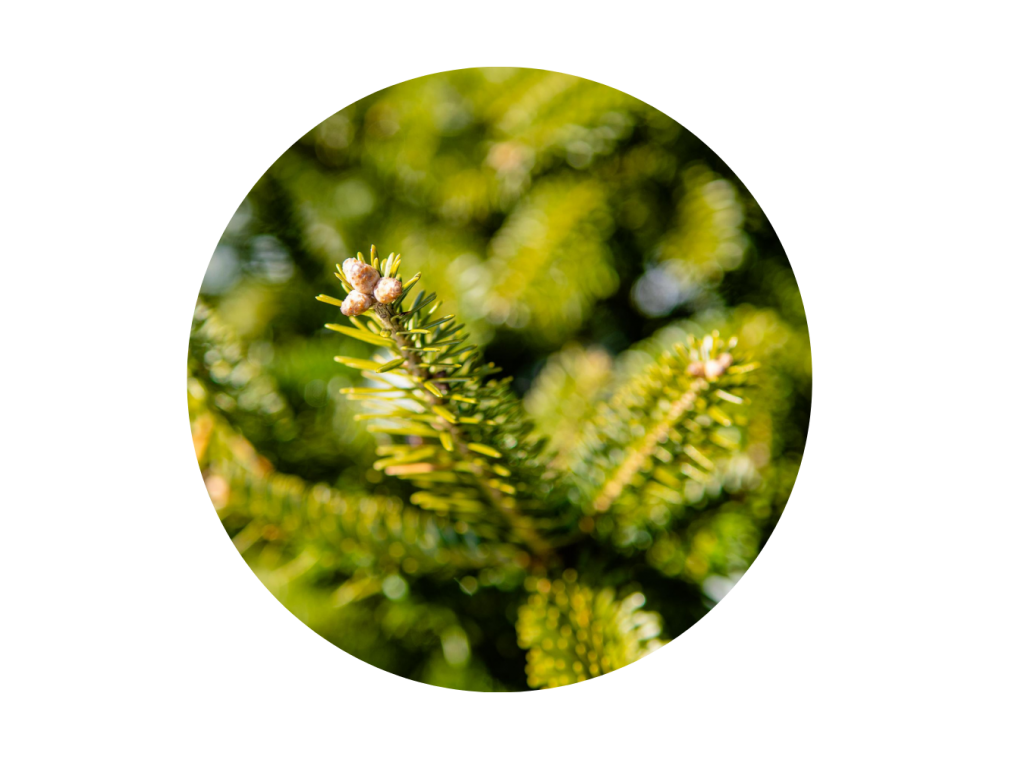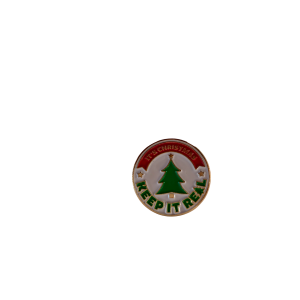SMART Trees.
Smart Science.
During the past ten years, an important research and development project has been taking place in Nova Scotia, Canada. In 2020, this research advanced to the final phase of tree quality analysis, and various test plots across the province were selected for the in-field evaluations. In late Spring of 2022, the first batch of ‘Research Seedlings’ were distributed to Shareholders.

What is a SMART Tree?
SMART Trees were developed at the Atlantic Christmas Tree Research Centre through years of research, development, and investment into the science of the naturally perfected Nova Scotia Balsam Fir tree. SMART, is an acronym for “Senescence Modulated, Abscission Regulating Technology”.
What is the Difference?
A SMART Tree retains its needles for months longer than a traditional fir tree after harvest. The SMART tree also boasts a unique fragrance, has blue-green needles, and is more immune to pests. There is no doubt that SMART trees will be very attractive to international Christmas tree markets.


What is the SMART Tree Partnership?
Various SMART tree partnerships aim to assist in the development of SMART trees. Some of our partners include and are not limited to: University Researchers, the Agriculture and Forestry Department, Industry Leaders, Christmas Tree Associations, and Producers.
Who is in the Partnership?
The Partnership includes the following: SMART Christmas Tree Research Co-operative, Christmas Tree Council of Nova Scotia, Dalhousie University Agricultural Campus, Nova Scotia Department of Agriculture, New Brunswick Department of Agriculture, Newfoundland Department of Forestry and Agriculture, Atlantic Canadian Christmas Tree Producers, and Nova Scotia Regional Christmas Tree Association Members.
What is the SMART Tree Co-operative?
The SMART Christmas Tree Research Co-operative was created through the efforts of the Christmas Tree Council of Nova Scotia.
The cooperative is used as a mechanism to access industry funds for commercialization purposes. It is also a way for Atlantic Canadian Christmas tree producers to get involved and provide funding for further research to promote the growth of this valuable industry.
“Innovations and technologies developed by the Balsam fir Christmas tree research at Dalhousie University will take the Atlantic Canadian Christmas tree and greenery industry from a survival status to an excel and thrive status,” said Jim DeLong, President, SMART Christmas Tree Research Co-operative.


Why SMART Tree?
Nova Scotia Christmas trees are exported all around the world to places that include Panama, the United States, and the Caribbean. With the introduction of SMART trees, Christmas tree growers will be able to open even more export markets and become stronger competitors against artificial trees.
We have strong demand around the world for our famous forest-grown balsam firs and plan to quadruple the value of our exports by focusing on quality and innovation.
Working with the best balsam fir trees that nature had to offer based on experienced grower selection, the trees were cloned, and are now planted in the ground to demonstrate their superiority through field evaluations for the aforementioned desirable characteristics.
There are now nine SMART Tree Evaluation sites that have been established throughout the Northeastern, Cobequid, and Lunenburg regions of Nova Scotia. In November of 2020, researchers planted SMART Tree seedlings for field trials of varying conditions. This is an observational study that will be carried out over numerous years to monitor the characteristics of the SMART trees.
The SMART tree is a game-changer and is in demand across Atlantic Canada and Quebec. The demand for these trees is going to be outstanding when they start getting out in numbers!
Who Conducts the Research?
It started at Dalhousie Faculty of Agriculture with Research Scientist, Dr. Raj Lada, and his team, through the National Christmas Tree Research Centre (CRC). This team worked strenuously to develop products and technologies that would enhance needle retention as well as produce what they call a “SMART Balsam”, which epitomizes an ideal tree – full, sturdy architecture, unique fragrance, blue-green needles, and pest-free with needle retention lasting for up to three months or more.
Dr. Lada established an open forum model of committees that allowed for open communication and discussion among researchers at various universities, those working in the industry, and Atlantic provincial government departments.
“I am very pleased to lead researchers and those working in the industry through this process as well as to be part of the change myself,” said Lada.
The SMART Tree Co-op is now working with Phytocultures and the Building Tomorrow Program, administered through the Christmas Tree Council of Nova Scotia to further commercialize SMART technologies. Dr. Richard Donald of Genome Atlantic has been working with CTCNS and SMART Co-op to develop a commercialization Roadmap forward. Also, Mr. Greg Adams, formerly of JD Irving was engaged to review and advise the best route forward. The CTCNS Research Team manages the field evaluation sites to continually advance the quality data on the SMART tree and demonstrate the advancement in genetics that is attributed to this research. Together we can establish our goals, and with their experience, work towards repeatable and predictable results, that when focused will give the most impact for the Christmas Tree and greenery industry.

Interested in Growing?
Join Our Seedling Waitlist
Interested in Supporting?
Shop Our E-Store
- You cannot add "It's Christmas Keep It Real Ball Cap" to the cart because the product is out of stock.



